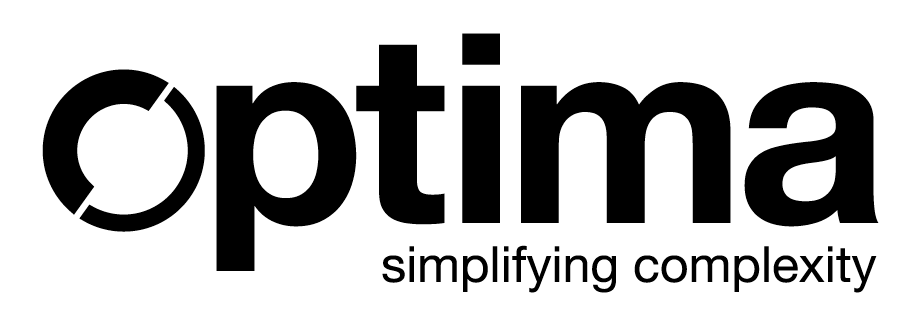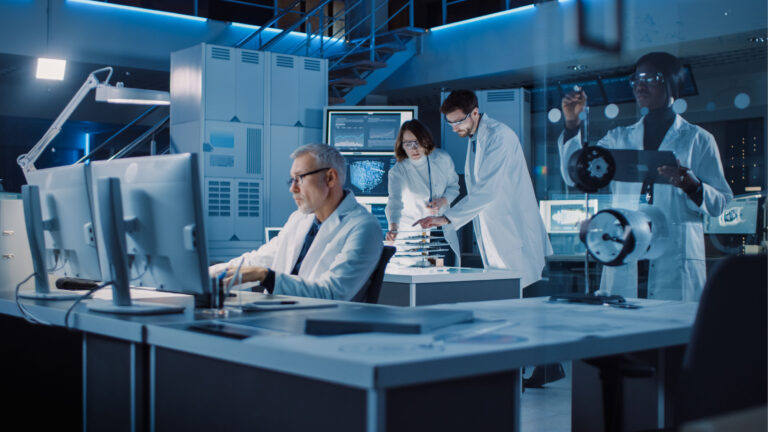Getting an overview of the extent to which, the laboratory meets top management expectations and customers satisfaction, happen to be overwhelming for laboratory managers.
They are often confronted with an unmanageable number of Excel files whose content belongs only to the respective owner. In addition, most labs have digitised all or some of their data workflows through LIMS, LES, ELN, CDS and ERP, to name a few.
The granularity of the information contained in those Excel files and databases can be staggering.
So, on the one hand there is easy access to vast amounts of data, on the other a new trap of KPI overload. It is easier than ever to fall into the trap of measurement for measurement’s sake. Managers around the world are learning the hard way that just because they can measure something, does not mean they should measure it. The bottom line is that tracking and reporting KPIs is time consuming – some KPIs may not lead to better results and are not worth your time and business.
It is crucial to quickly establish the most appropriate KPIs and track their development to ensure that their findings remain meaningful.
From Business KPIs to employee turnover
Leaders today understand the importance of having strategic KPI metrics that measure their goals.
In the context of laboratory efficiency, there are KPIs that are obviously based on customer satisfaction,such as meeting the delivery deadline, smooth processes from sample shipment to results reporting, and quality of the results.
The P&L (profit and loss) statement should also give a good understanding of where the laboratory services stand from a financial point of view, supported also by the renewal of customer orders.
The next level for setting KPIs relates to staff and instruments, the main assets of a laboratory. In order to obtain this typology of KPIs and measure them correctly, it is key for a laboratory to make use of lab resource management systems.
An adequate laboratory resource management system should facilitate task planning, and, in the process, it gathers a considerable amount of information that, if properly evaluated, should provide useful insights. It is the repository where the answers and relevant information can be collected accurately.
A laboratory resource management system as an answer to some key questions
The initial questions would be initially centred in capturing the actual balance of productive versus non-productive activities within the team.
- What is the percentage of working hours spent on administrative tasks? On training courses?
- How much employee turnover impacts the activities coordination?
- On average, how many hours are spent on a certain type of request?
- On average, how long does it take to deliver the results to the client once the order is received?
- Which tasks are completed on time as expected?
- Is there any delay till the delivery of the results to the clients?
- How much time is spent on a particular step of a request? Is there a bottleneck?
- Which team or department tends to be overloaded quickly?
- How much time is spent on instrument calibration and maintenance?
- Which instruments should rather be replaced to increase productivity?
The answers to these questions should quickly lead to few managerial decisions.
If processes are not running smoothly, a review of lean processes may be needed.
If some staff or teams are more stretched than others, a balancing of staff skills might be needed.
If instrument maintenance is too time-consuming, a good discussion with the supplier might be useful to review the service contract, negotiate repair, overhaul, or new purchase.
If the laboratory has to spend considerable amount of time on final product complaints and retesting, this may be an indication that the production process needs to be revised.
Optima Laboratory Resource Management System offers from one hand a dashboard page and in the other hand a full set of reports.
The dashboard is configurable so that every user, technicians, analysts, laboratory managers, quality managers and senior management could display their most relevant information required at first sight.
Out-of-the-box lab reports to gain new business insights
Laboratory managers are keen to find the perfect solution that provides and tracks the parameters and KPIs that can generate new business insights and that could be critical to the success and efficiency of the laboratory itself.
Optima is a software solution that allows to create out-of-the-box reports and dashboards that can provide various clues about the lab’s performance.
Indeed, Oracle is the most widely used database platform for enterprise applications. Its ability to process huge amounts of data and retrieve it in a fraction of a second provides laboratory resource planning tools with the optimal environment to process many years of resource planning data.
If interested in advanced reporting features, sophisticated statistics and much more, a simple integration with Optima and any external tool will bring the information they need at their fingertips.





